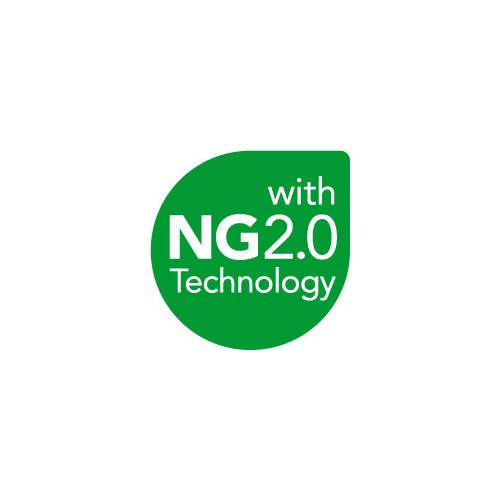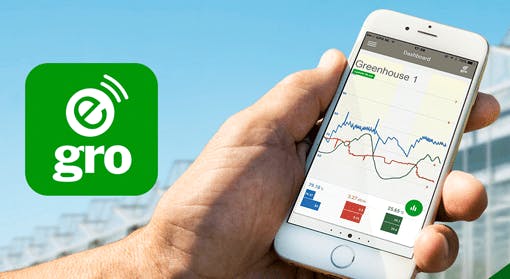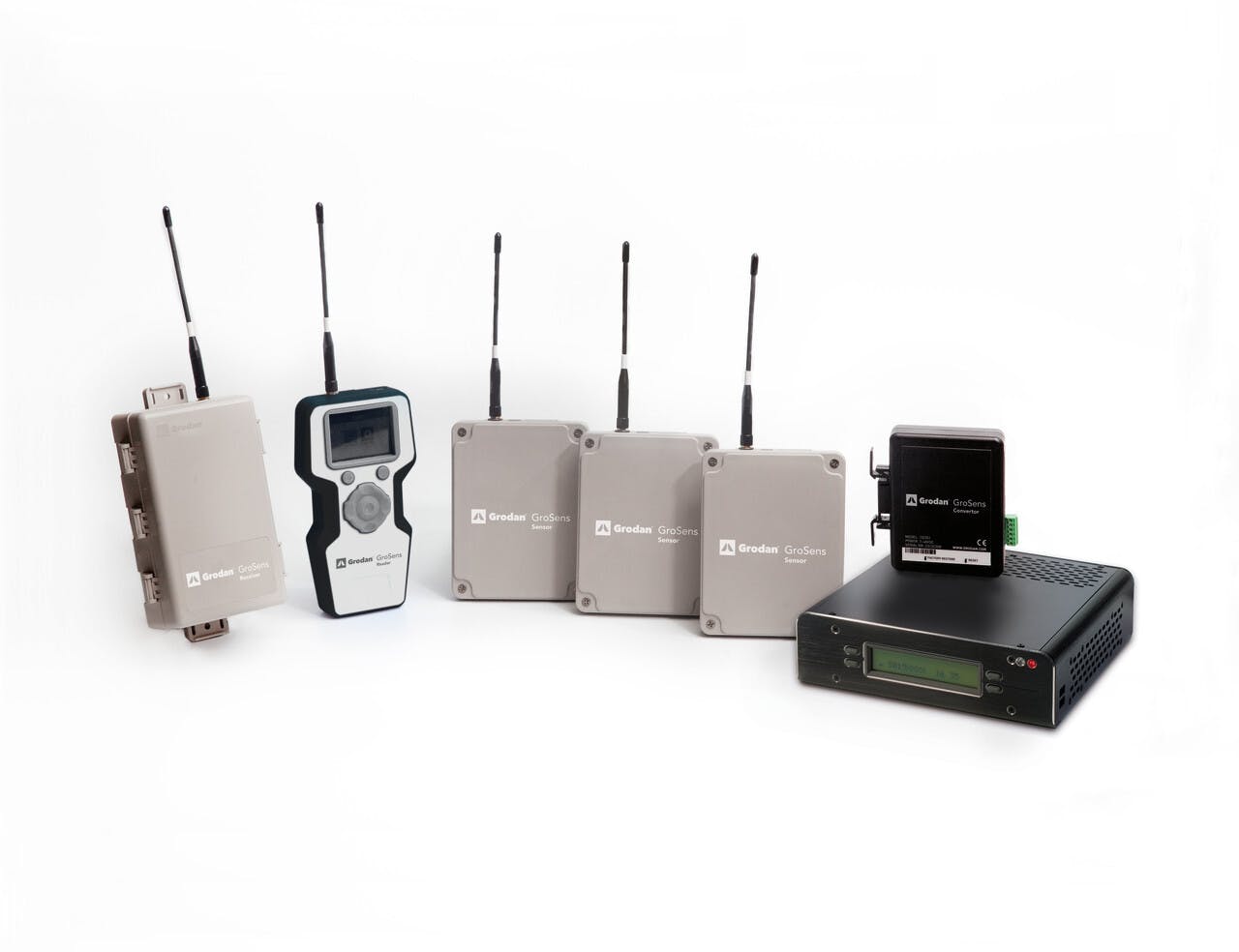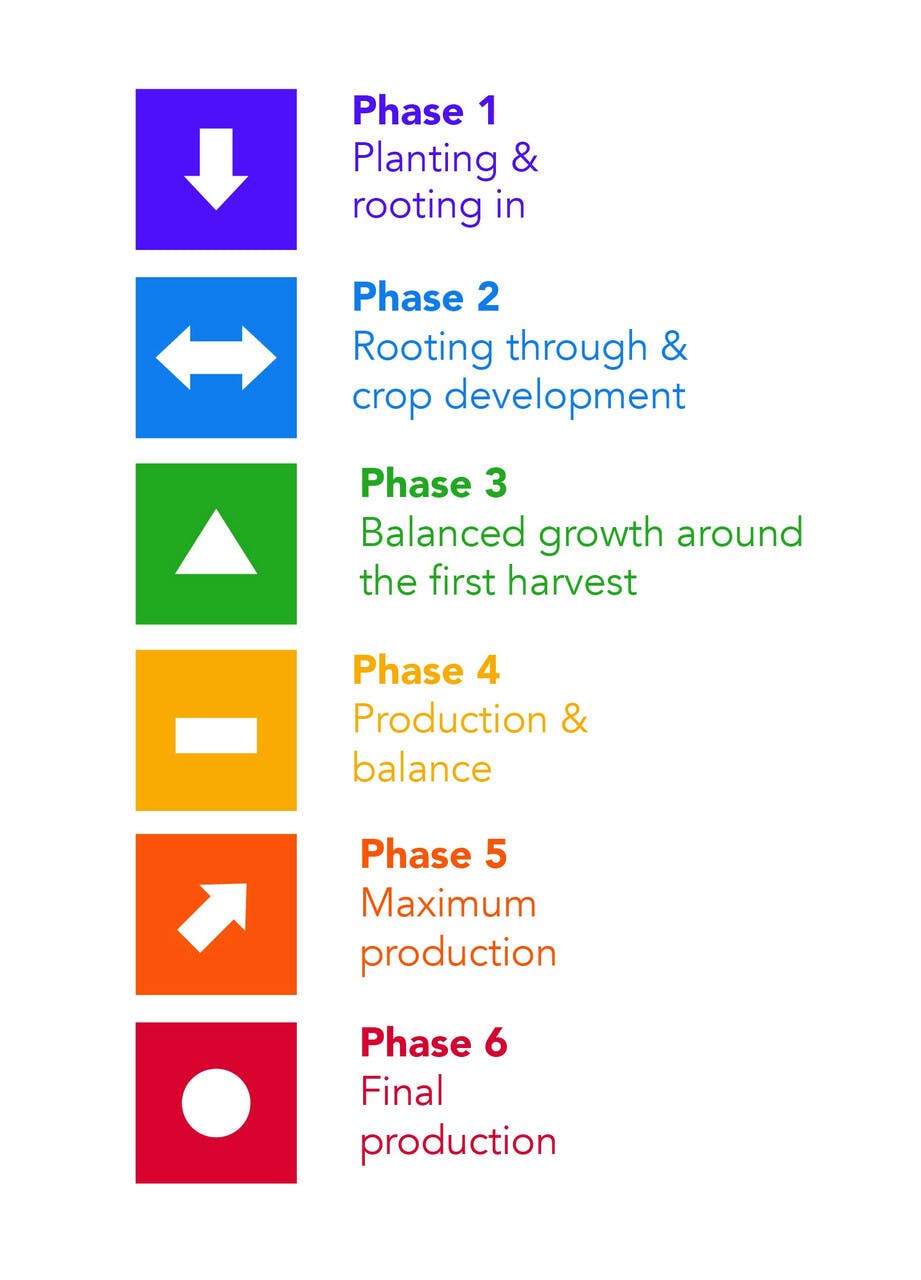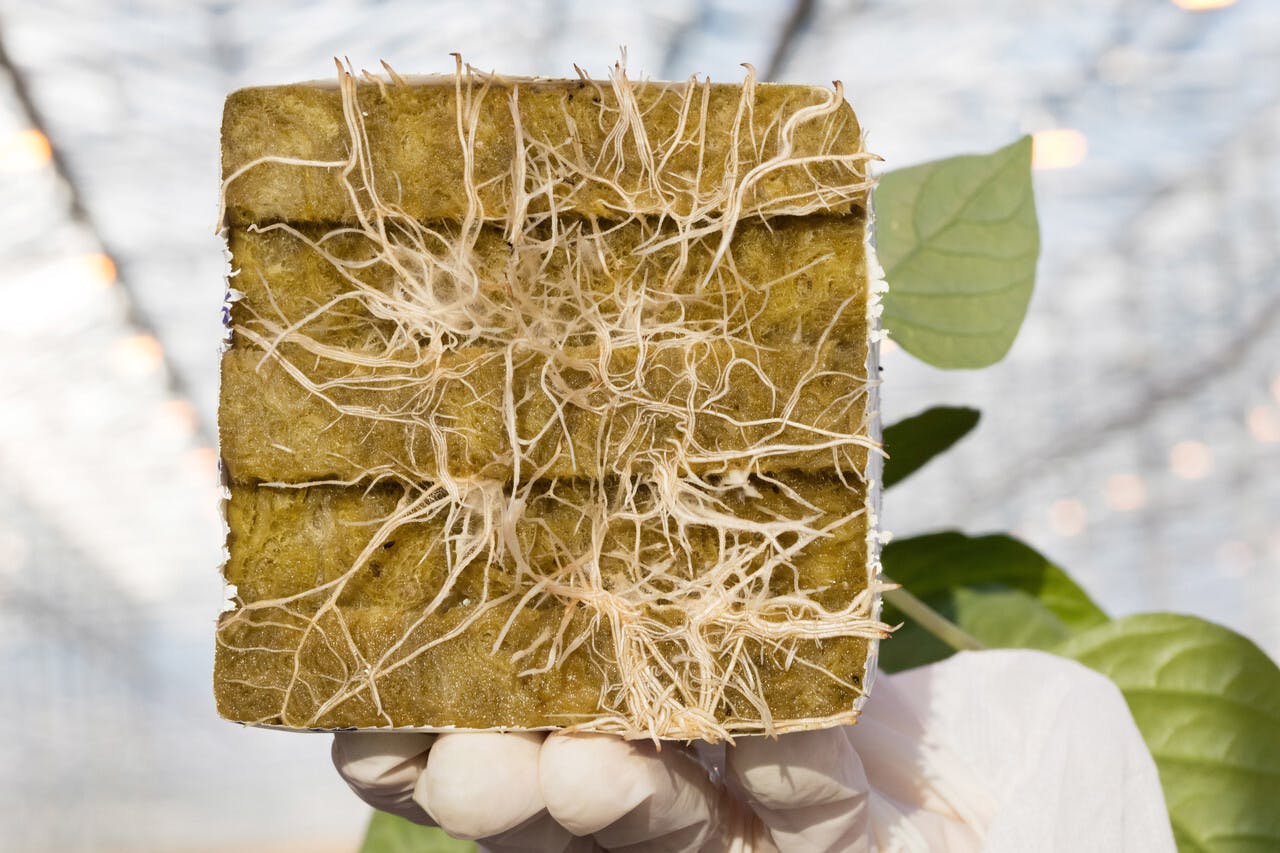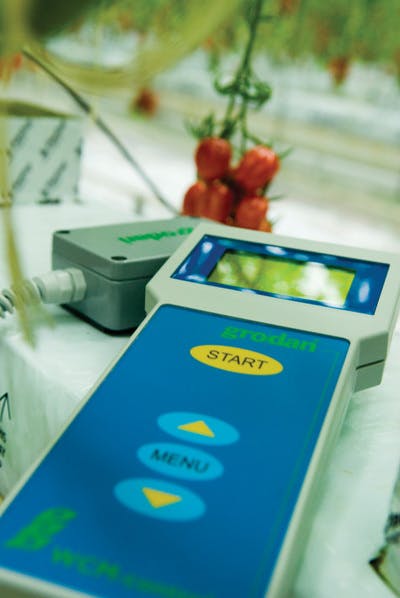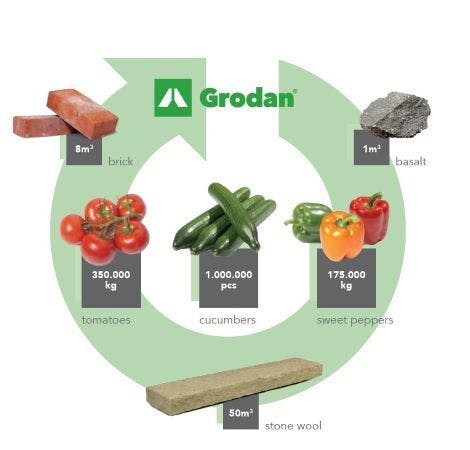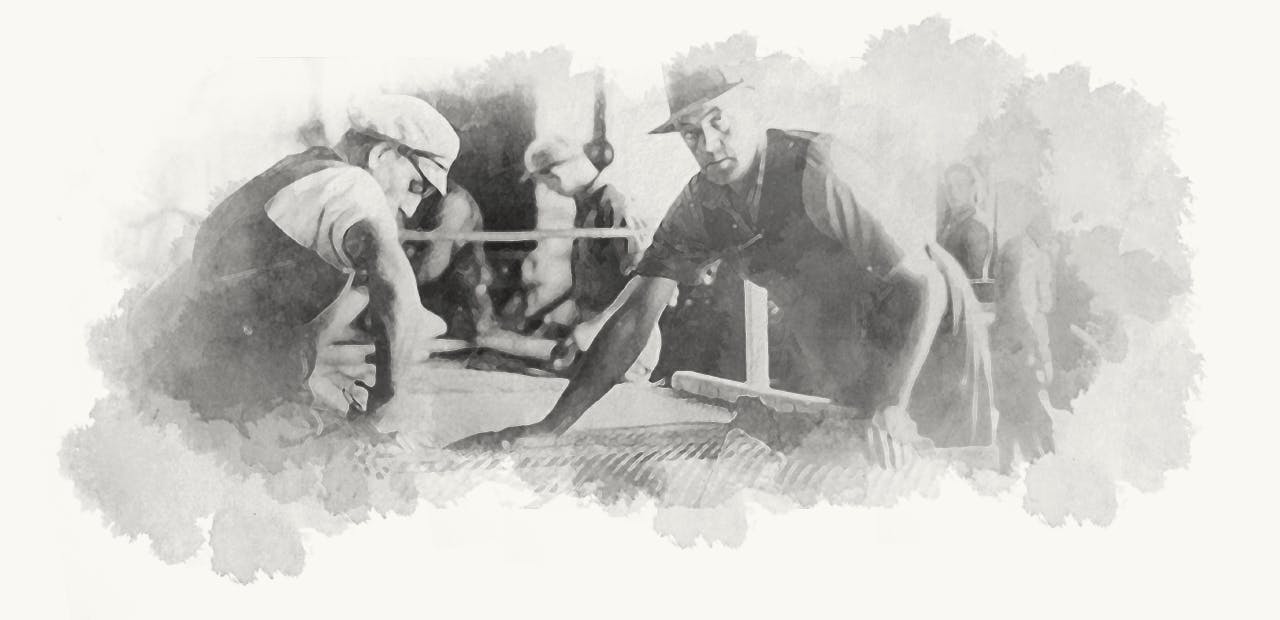Innovative from nature
The success of Grodan as the inventor of stone wool substrate and the supplier of innovative, customer-oriented cultivation solutions for the horticultural sector is largely due to the company’s focus at the needs of propagators and growers. The combination of the company’s innovative capacity and customer-oriented attitude ensures that the products and services Grodan develops are always up-to-date and guarantee the best possible cultivation performance. By offering customers the added-value they need for efficient operations in a fiercely competitive market, Grodan positions itself as their natural, professional partner: reliable, inspirational, and innovative.






